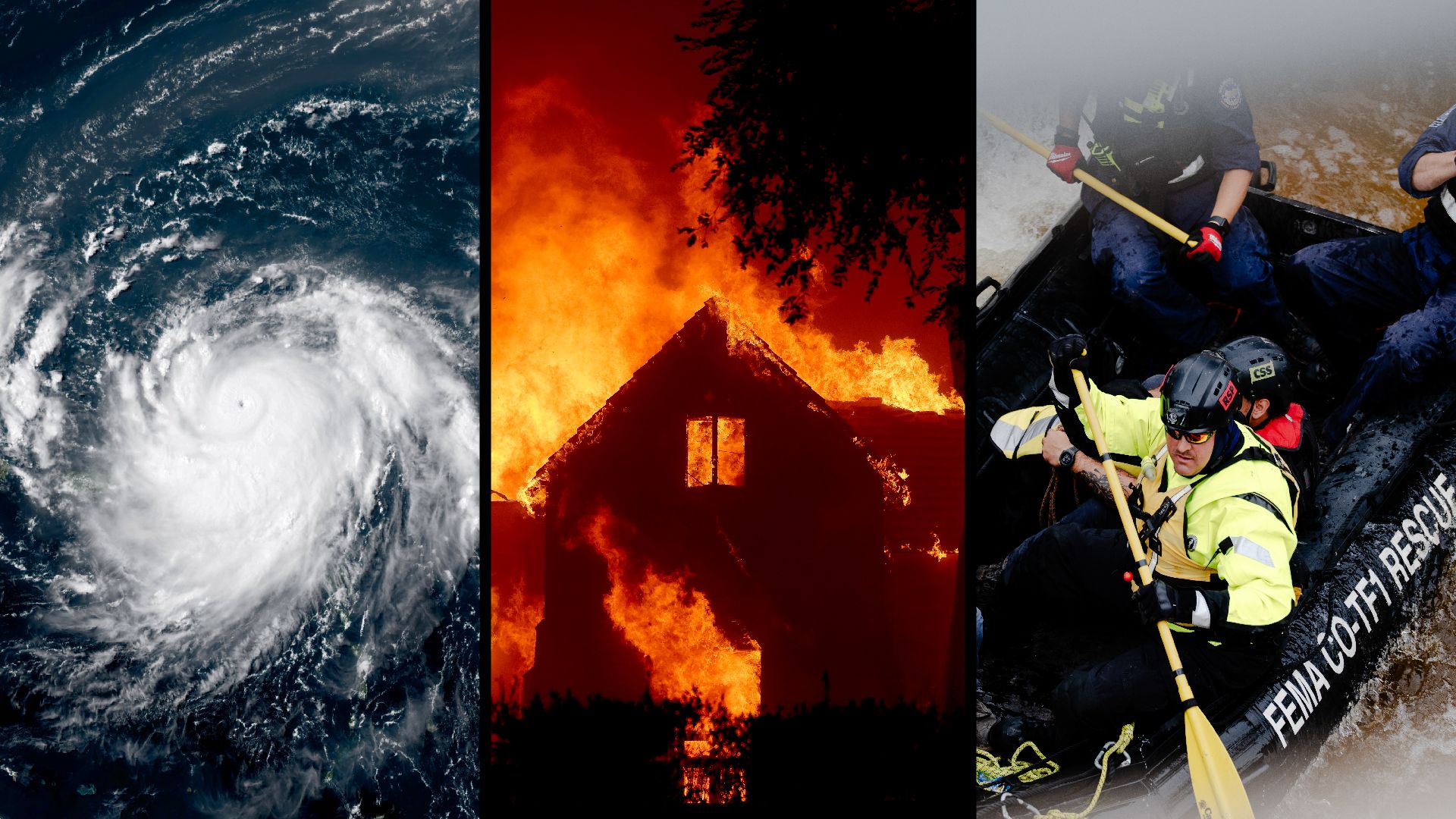2025's Weather Catastrophes Break Financial Records
The first half of 2025 has officially become the most expensive period for weather-related disasters in recorded history, with damage estimates ranging from $93 billion to $126 billion, according to global insurance firms Munich Re, AON, and Gallagher Re. This figure surpasses the previous record of $57 billion set in 2023 — even after adjusting for inflation.
Experts attribute this dramatic spike in costs to a combination of climate change, human land-use decisions, and a few unprecedented events like the Los Angeles wildfires, which alone caused up to $65 billion in direct losses and potentially as much as $275 billion in total economic impact.
Wildfires in LA: The Costliest in History
In January 2025, wildfires tore through Pacific Palisades and Eaton Canyon, incinerating high-value homes in one of the most expensive real estate markets in the U.S. Fueled by dry conditions, overgrown vegetation, and powerful Santa Ana winds, these fires became the most costly wildfires in both U.S. and global history.
According to UCLA climate economist Zhiyun Li, “These areas weren't just prone to fire — they were filled with high-value properties.” This combination of vulnerability and value proved catastrophic.
A Surge in Disasters Across the U.S.
Beyond California, the nation saw an unusually high number of natural disasters in the first half of the year, including:
-
Two massive tornado outbreaks in March and May, each causing $8 billion+ in insured losses.
-
Severe winter storms and flooding across multiple states.
-
The potential for an above-average hurricane season, which could drive total annual disaster losses to $220 billion or more if storm activity continues to intensify.
Climate Change Is Supercharging Disasters
Experts emphasize that these disasters are not just bad luck. Climate change is making extreme weather more frequent and more severe.
“As long as we continue to warm the planet, we can expect extreme weather to grow more severe and more frequent,” said Kristina Dahl, Vice President for Science at Climate Central.
Climate change is also intensifying rainfall events, as seen in Texas' flash floods, and increasing the risk and severity of wildfires by creating volatile conditions through rapid transitions between wet and dry weather.
The ‘Expanding Bull’s-Eye’ Effect
Urban growth is placing more people and property in the path of disasters. Researchers call this the “expanding bull’s-eye effect.” Areas like hurricane-prone coastlines and wildfire-susceptible foothills are seeing population booms and dense infrastructure development, increasing the potential for damage.
“One of the most desirable places for building new homes is the oceanfront — until the hurricane comes knocking,” noted Stephen Strader of Villanova University.
Disaster Deaths Remain Low — For Now
Despite the rising costs, fatalities have remained relatively low due to advances in early warning systems and weather forecasting. However, experts warn that heat waves and flooding pose increasing risks to vulnerable populations, and budget cuts to key agencies like NOAA and FEMA could reverse progress.
“Cutting funding to disaster response agencies is a self-inflicted wound,” said UCLA climate scientist Daniel Swain. “The long-term cost of these cuts will far exceed any short-term savings.”







